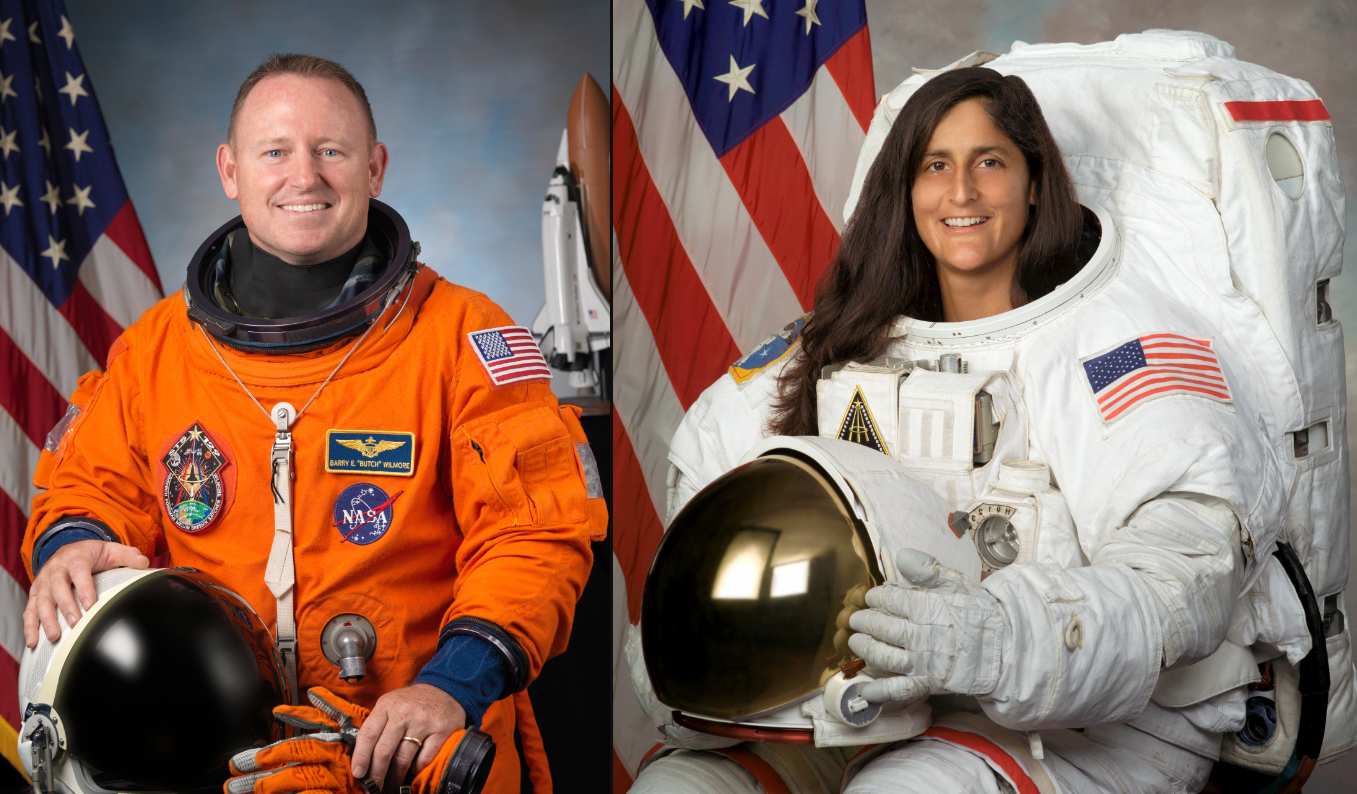NASA recently made a crucial decision regarding the return of astronauts Butch Wilmore and Suni Williams, who have been aboard the International Space Station (ISS) since early June 2024. Originally, their mission was to be a short test flight of Boeing’s Starliner spacecraft, but unforeseen technical issues have significantly extended their stay. Instead of returning on the Starliner as planned, NASA has decided that the astronauts will return to Earth aboard SpaceX’s Crew Dragon in February 2025.
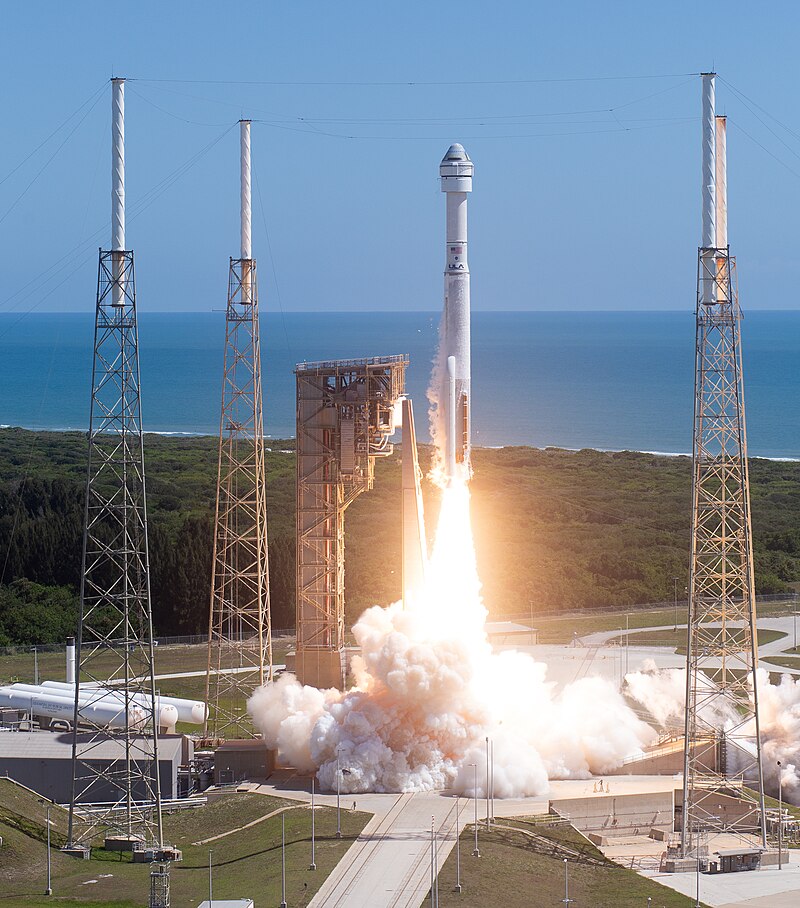
Wilmore and Williams launched into space on June 5, 2024, with the expectation that their mission would last only about a week. The goal was to test Boeing’s Starliner, a new spacecraft designed to ferry astronauts to and from the ISS. However, their mission took an unexpected turn when technical issues with the Starliner, particularly helium leaks and thruster problems, made it unsafe for a crewed return to Earth.
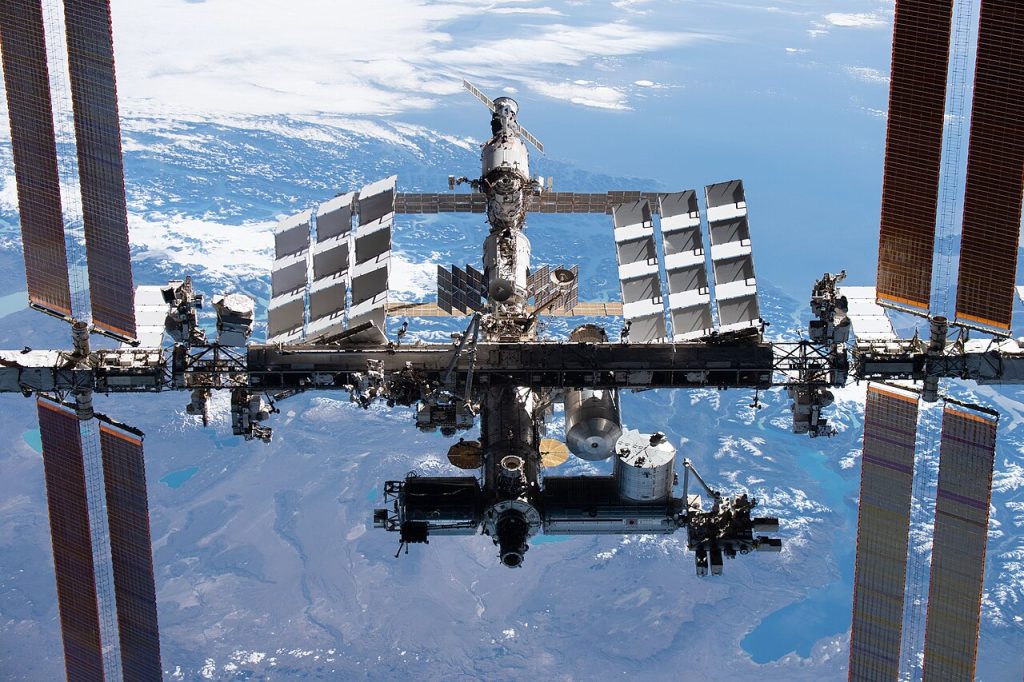
Due to the Starliner’s problems, what was supposed to be a brief mission has stretched into an extended stay aboard the ISS. NASA, prioritizing the safety of its astronauts, decided to delay their return until February 2025. This means that Wilmore and Williams will spend nearly nine months in space, a far cry from their original one-week mission.
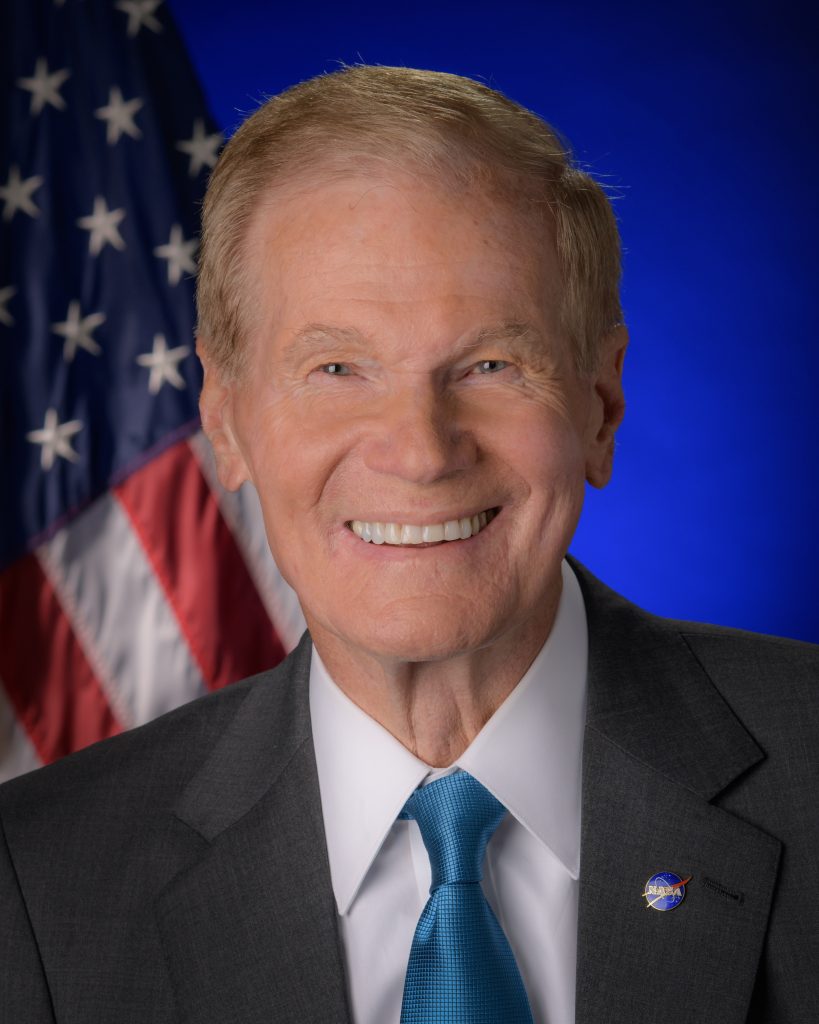
The decision to return the astronauts on SpaceX’s Crew Dragon, rather than risking the unproven Starliner, reflects NASA’s commitment to safety. NASA Administrator Bill Nelson emphasized that spaceflight is inherently risky, especially when it involves testing new technology. The agency decided that it was too dangerous to bring the astronauts back on the Starliner without further testing and analysis.
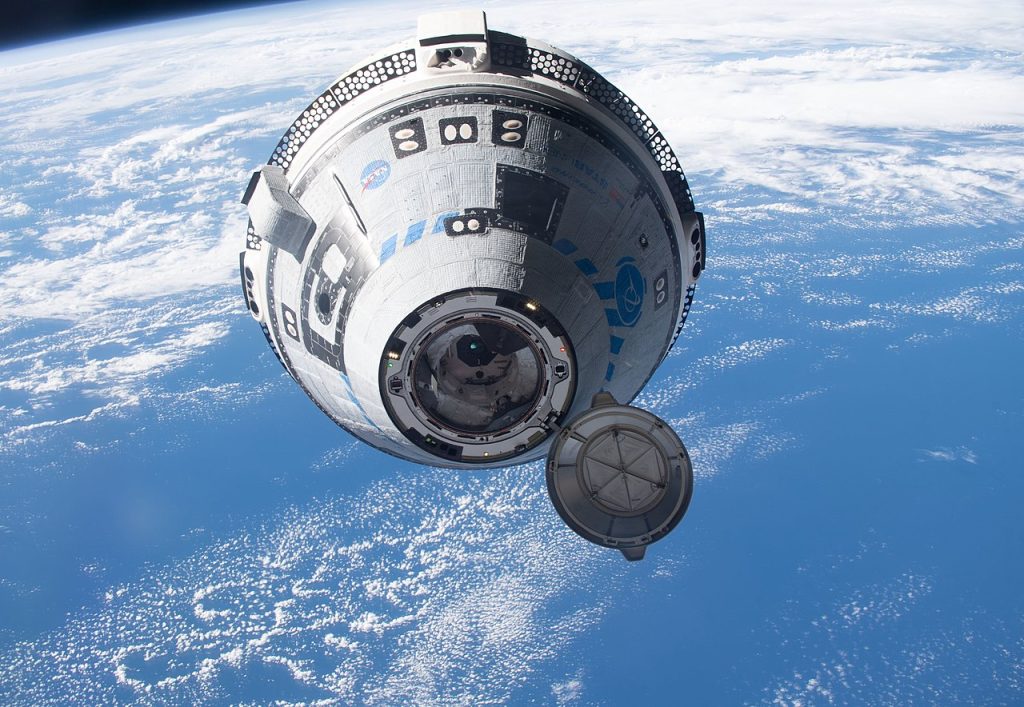
While this situation is a setback for Boeing, it doesn’t mark the end of the Starliner program. NASA and Boeing both remain committed to ensuring the spacecraft can safely transport astronauts in the future. The Starliner will return to Earth as part of an uncrewed test flight, which will provide valuable data for future missions.
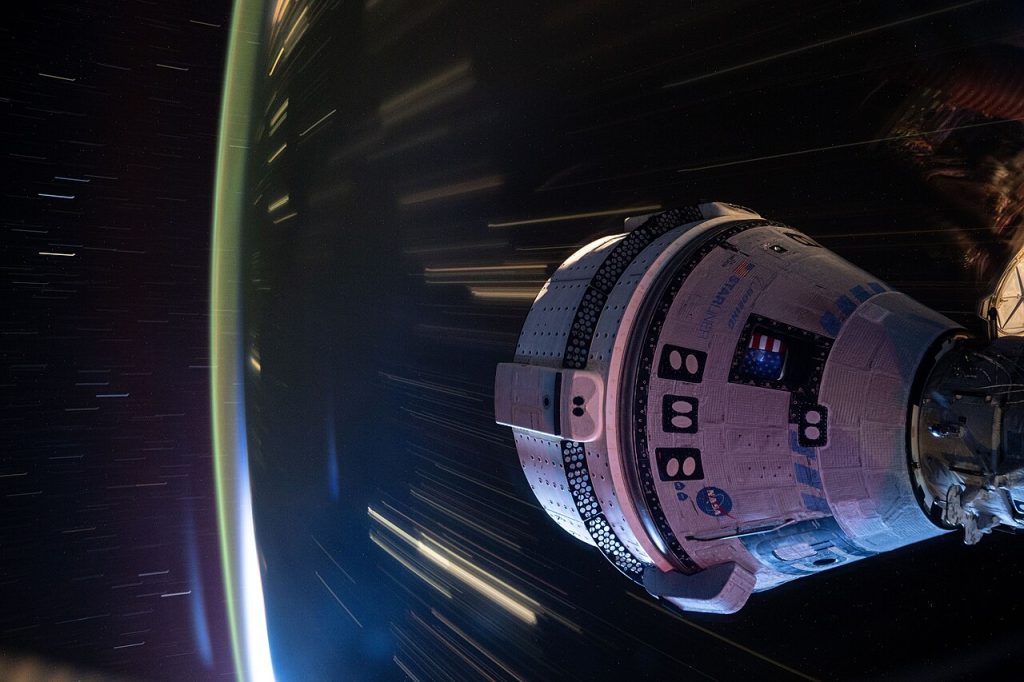
SpaceX’s Crew Dragon has become the go-to spacecraft for NASA in situations like this. With multiple successful missions under its belt, the Crew Dragon offers a proven and reliable means of returning astronauts to Earth. NASA’s decision to use Crew Dragon underscores the importance of having multiple options for crewed spaceflight, ensuring that astronauts can always return safely, even if one vehicle experiences issues.
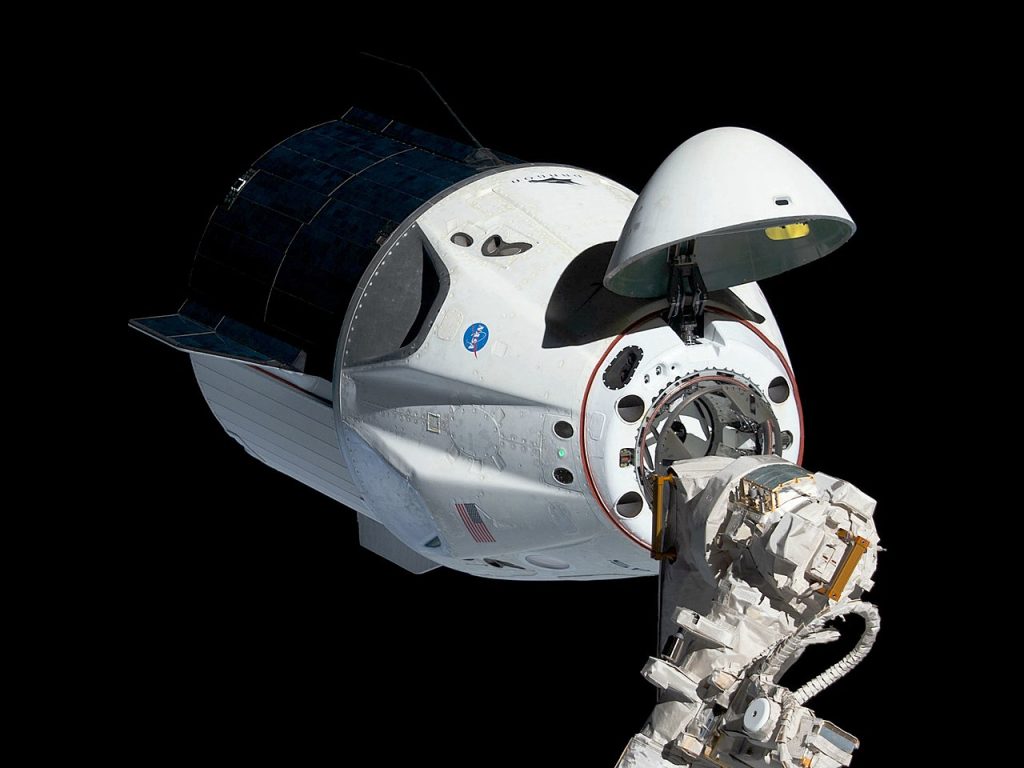
The extended stay of Wilmore and Williams on the ISS has implications for the station’s operations. However, NASA officials have expressed confidence that the station can support the astronauts for the additional months. The ISS has previously hosted astronauts for year-long missions, so the infrastructure is in place to accommodate the unplanned extension.
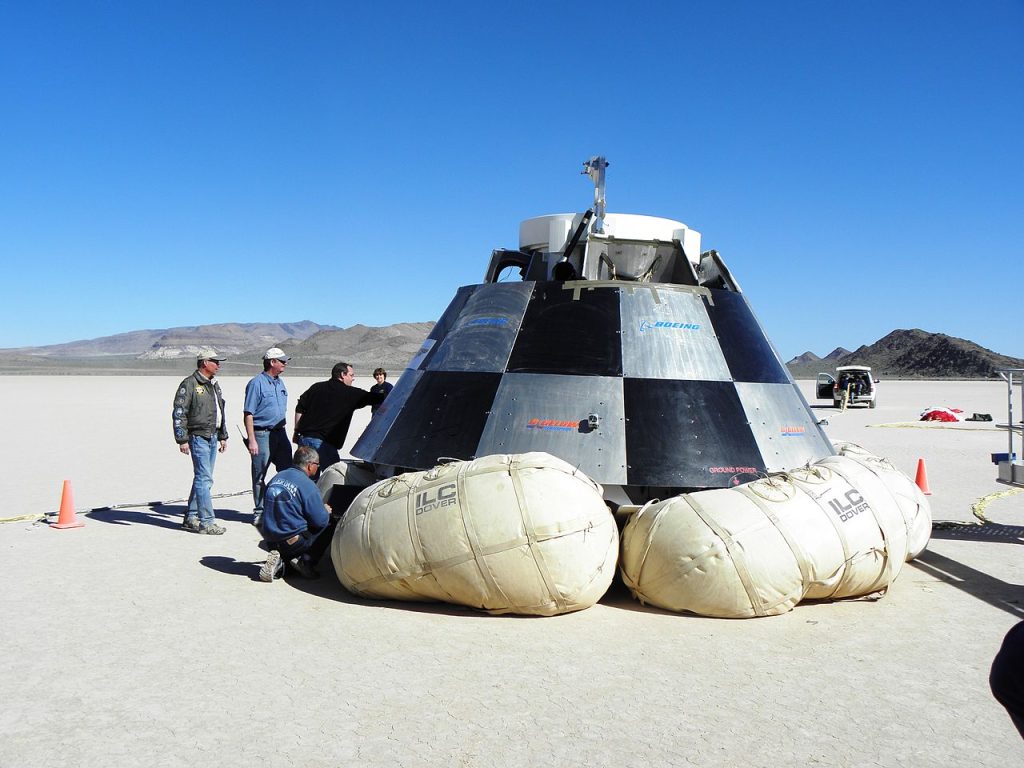
NASA and Boeing are now focused on understanding the technical issues that plagued the Starliner during this mission. The data collected during the uncrewed return of the Starliner will be critical in addressing these problems. Boeing remains optimistic about the future of the Starliner, and NASA is committed to having a second option for crewed flights to the ISS.
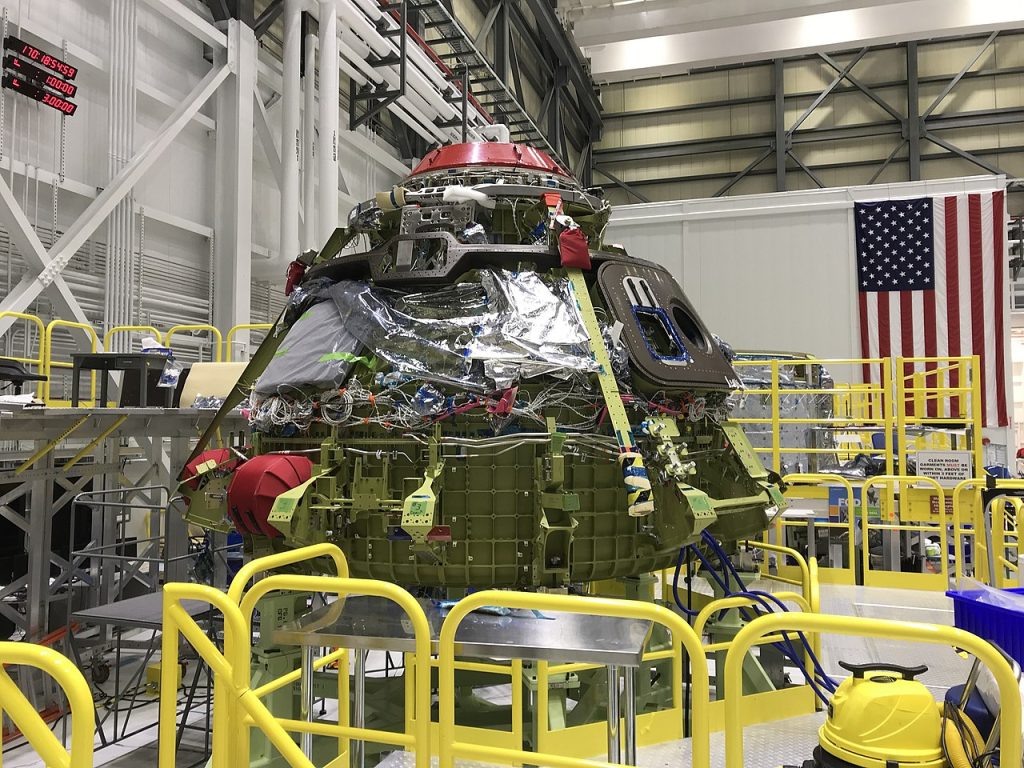
This situation highlights the importance of competition in space exploration. NASA’s Commercial Crew Program, which includes both Boeing and SpaceX, was designed to foster innovation and provide multiple options for crewed spaceflight. While SpaceX has taken the lead, Boeing’s Starliner remains a crucial part of this program, and NASA is working closely with Boeing to ensure its success.
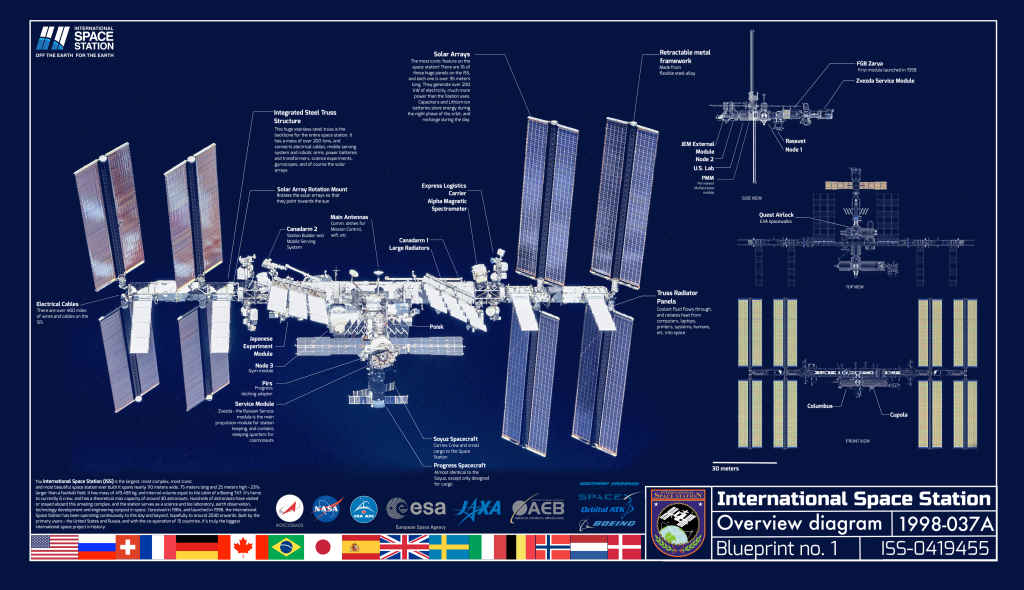
In the end, NASA’s decision to bring Wilmore and Williams home aboard Crew Dragon rather than the Starliner is a testament to the agency’s unwavering commitment to astronaut safety. While the Starliner program has faced challenges, the lessons learned from this mission will help improve the spacecraft and ensure that it becomes a reliable option for future crewed missions to the ISS.

